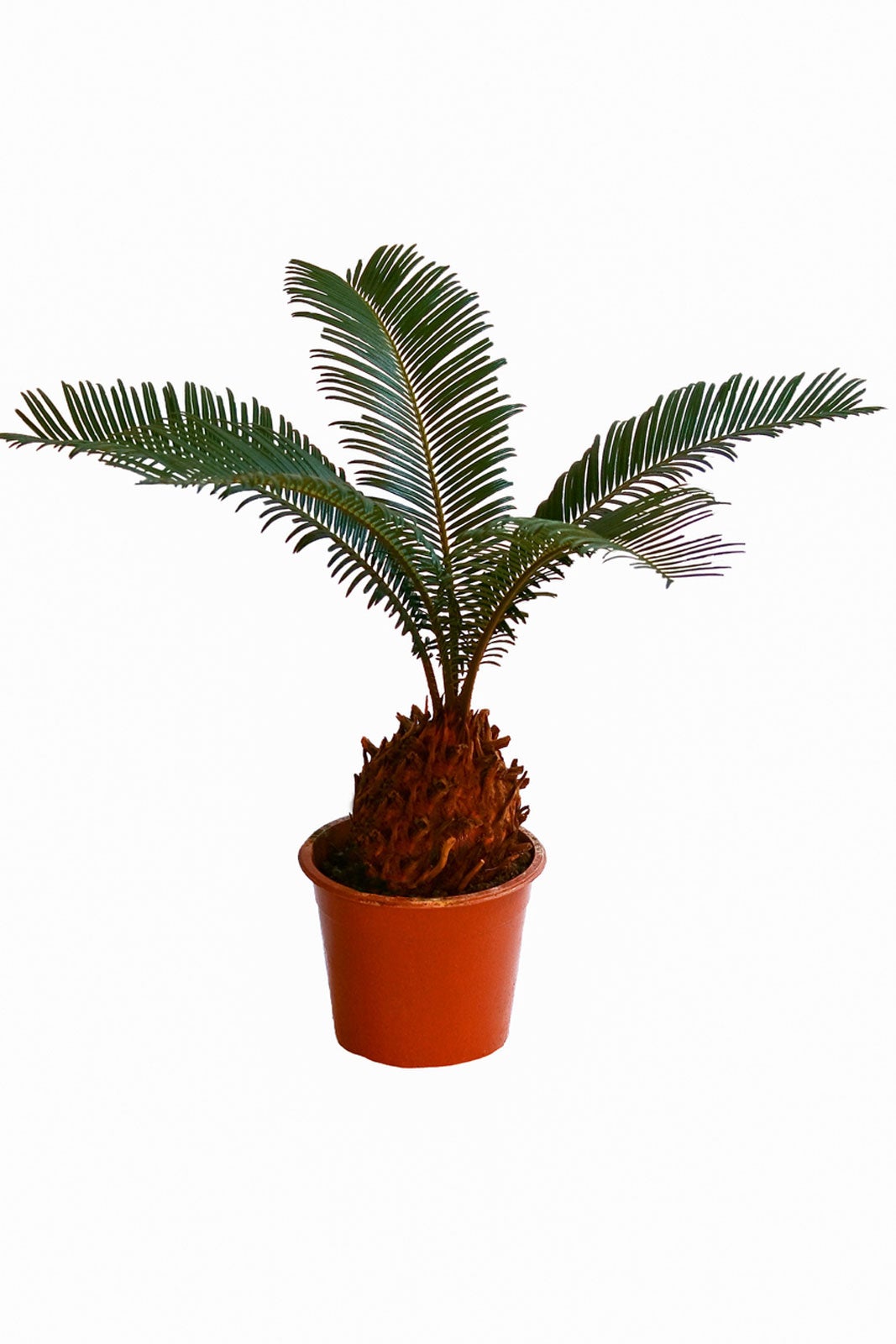Sago Palm Bonsai – Caring For Bonsai Sago Palms

Caring for bonsai sago palms is quite simple, and these plants have an interesting history. Although the common name is sago palm, they are not palms at all. Cycas revoluta, or sago palm, is native to southern Japan and a member of the cycad family. These are tough plants that existed back when dinosaurs still roamed the Earth and have been around for 150 million years.
Let’s take a look at how to care for the remarkable sago palm bonsai.
How to Grow a Miniature Sago Palm
The stiff, palm-like leaves emerge from a swollen base, or caudex. These plants are very tough and can survive in a temperature range of 15-110 F. (-4 to 43 C.). Ideally, it is best if you can keep the minimum temperature above 50 F. (10 C.).
In addition to tolerating a wide range of temperatures, it can also tolerate a large range of light conditions. The bonsai sago palm tree prefers to grow in full sun. At a minimum, it should receive at least 3 hours of sun a day to look its best. If your plant isn’t receiving any sun and is in darker conditions, the leaves will stretch and become leggy. This is obviously not desirable for a bonsai specimen where you want to keep the plant smaller. As new leaves are growing, be sure to turn the plant periodically to encourage even growth.
This plant is also very forgiving when it comes to watering and will tolerate a bit of neglect. When it comes to watering, treat this plant like a succulent or cactus and allow the soil to completely dry out in between thorough watering. Make sure that the soil is well-drained and that it never sitting in water for extended periods of time.
As far as fertilization, less is more for this plant. Use an organic liquid fertilizer at half strength about 3 or 4 times per year. At a minimum, fertilize when new growth starts in spring and again in late summer to harden off the new growth. Don’t fertilize when the plant is not actively growing.
Sago palms like to be root bound, so only repot into a container that is one size larger from where it was previously. Avoid fertilizing for a few months after repotting.
Sign up for the Gardening Know How newsletter today and receive a free copy of our e-book "How to Grow Delicious Tomatoes".
Keep in mind that these plants are extremely slow-growing. This makes sago a great choice for bonsai growing, as it won’t get too big in its container environment.
Another important point to note is that sago palms contain cycasin, which is a toxin to pets, so keep them out of reach of any dogs or cats.